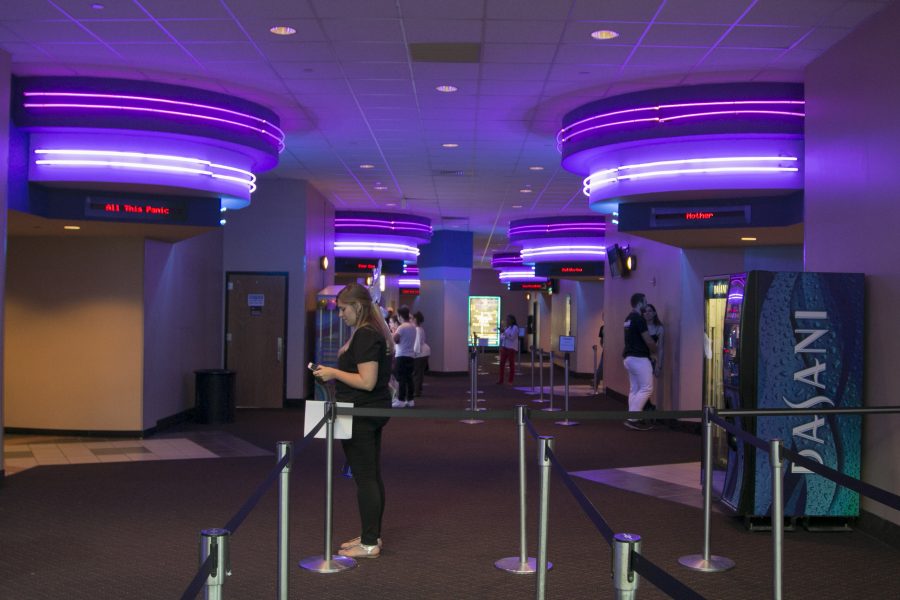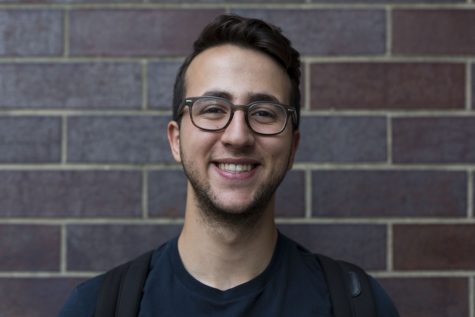Alum Ido Fluk Talks ‘The Ticket’
April 25, 2016
NYU alum Ido Fluk’s second feature, “The Ticket,” debuted at the Tribeca Film Festival last weekend. Depicting the story of a blind man (Dan Stevens) who regains his vision, only to then lose sight of his morals, the movie is remarkably well crafted, featuring a fascinating, challengingly contemplative story. WSN sat down with Fluk to discuss how he achieved the film’s visual style and what premiering at Tribeca means to him.
WSN: Recovering from blindness is typically a happy narrative, and you made it very real and sinister, almost like a fable. What made you want to write a story like that?
Ido Fluk: Here’s the thing: I don’t think this is a movie about blindness as much as it is a movie about getting a second chance. You see it all the time with people who win the lottery or people who become famous overnight, and they spend the first few months parading their wealth. Then a giant percentage of these people crash and burn. It’s a movie about a person that gets a gift, but the implications of getting a gift are sometimes unknown, and they can be sometimes sinister. They can also take a turn for a worse. Me and Sharon Mashihi, who’s also an NYU grad, we were really interested in exploring that, this idea of getting a gift or a miracle, and how that affects not just our character but all of the people around him.
WSN: The POV blindness is really striking. How did you get those sequences?
IF: We started developing this language of visuals based on what visually impaired people said they were seeing. A lot of them see spots of color, a lot of them see a general ambiance of the room, moving light and shape, there are always some things that do get through. We tried to emulate that. What we also tried really hard to do was refrain from a lot of CGI and use a lot of in camera effects, using different tricks with the camera to simulate that.
WSN: The film’s entire style is very heightened and impactful. What were you hoping to achieve with the look and sound?
IF: We really wanted to show the different levels of appreciation our character has for sound at that moment in the film versus sight. The camera has three acts. The first feels blurrier, a little overexposed, a little more handheld. It’s kind of warm, with a lot of warmer colors. As he goes on with his journey and he becomes more corrupt, there are more tracking shots on the dolly, a cooler palette, hard-set, locked-down frames. Within the last act we wanted it to feel like there was a tripod set up and someone had kicked it so it’s a little skew. It feels like something’s not right within the third act.
WSN: What does it mean to have your film premiere at Tribeca?
IF: It’s a great honor. Really we couldn’t have been happier to premiere here, not just because Tribeca an incredible festival and a great opportunity for the film, but because we shot the film in upstate New York. A lot of us live here. What was great too was we could bring a lot of the people who helped make it happen to the screenings. I’m so grateful to Tribeca for hosting us.
A version of this article appeared in the Monday, April 25 print edition. Email Ethan Sapienza at [email protected].



























































































































































